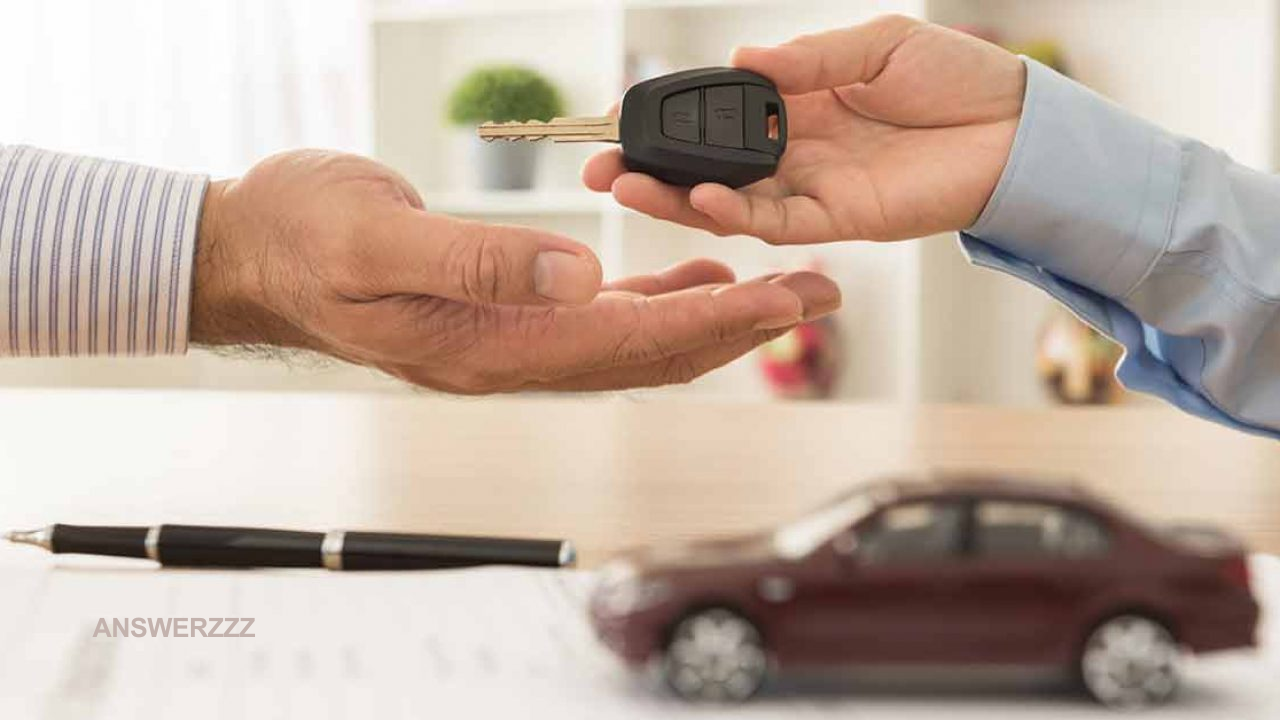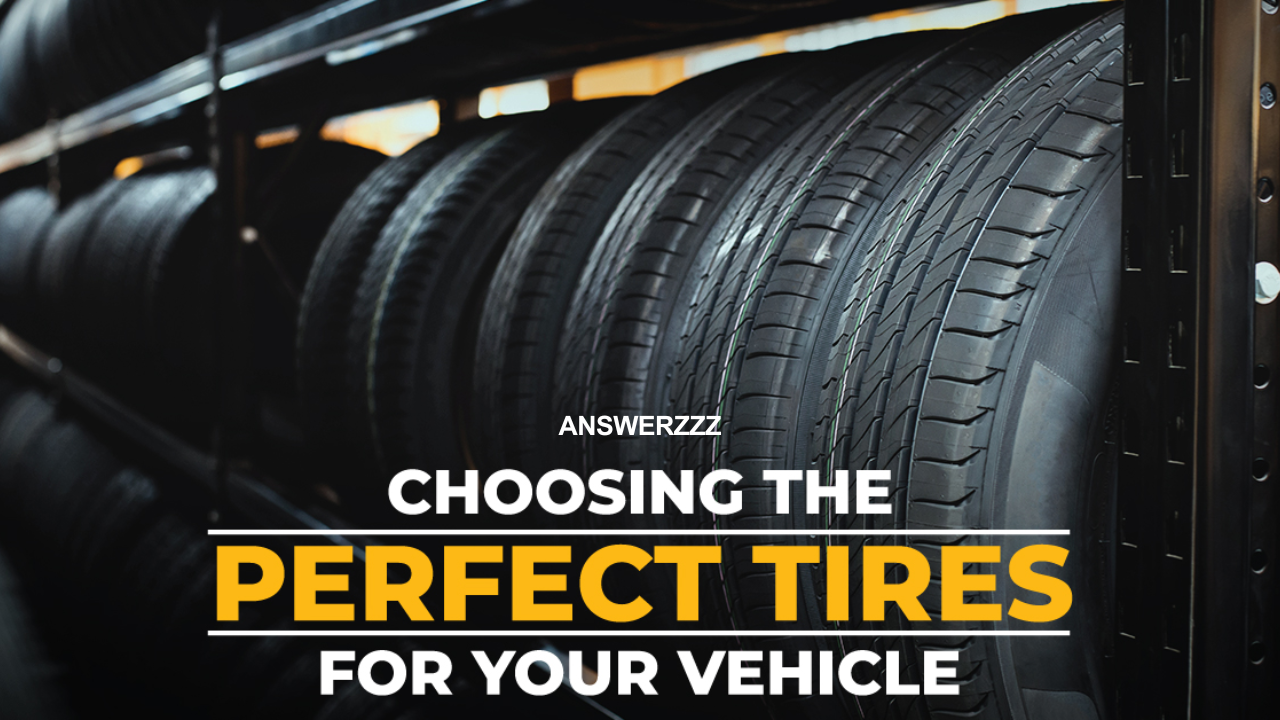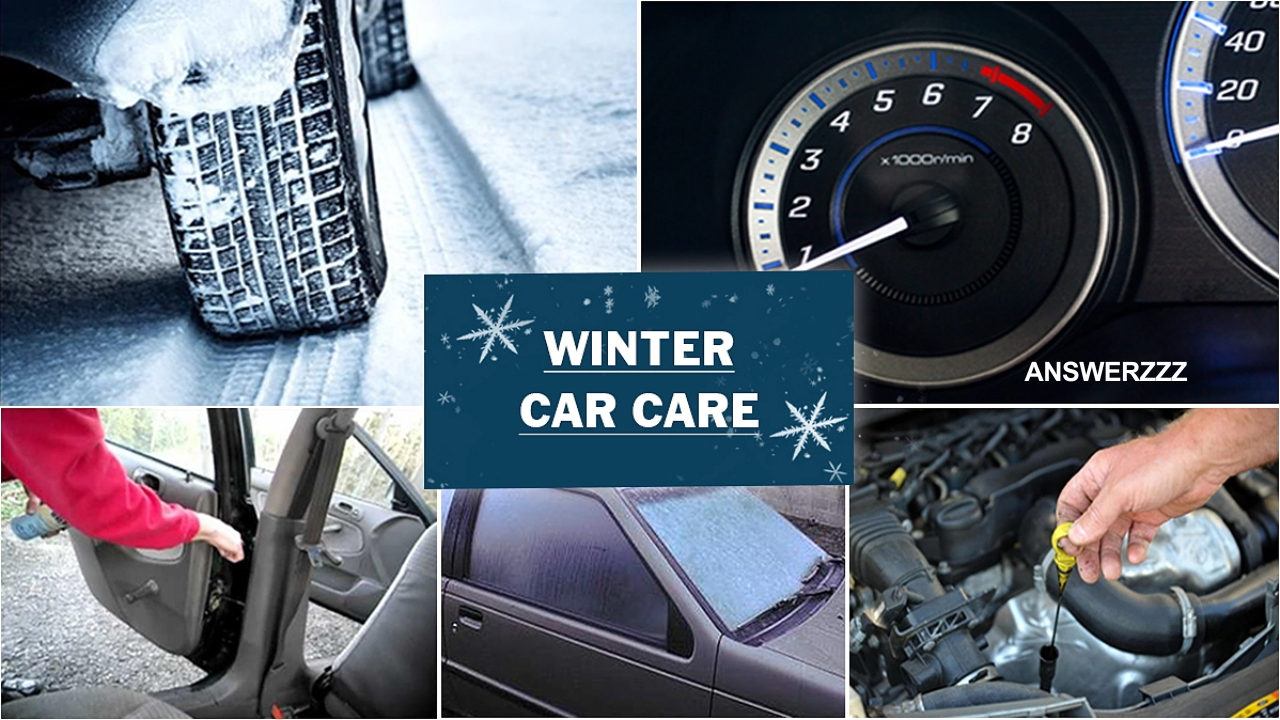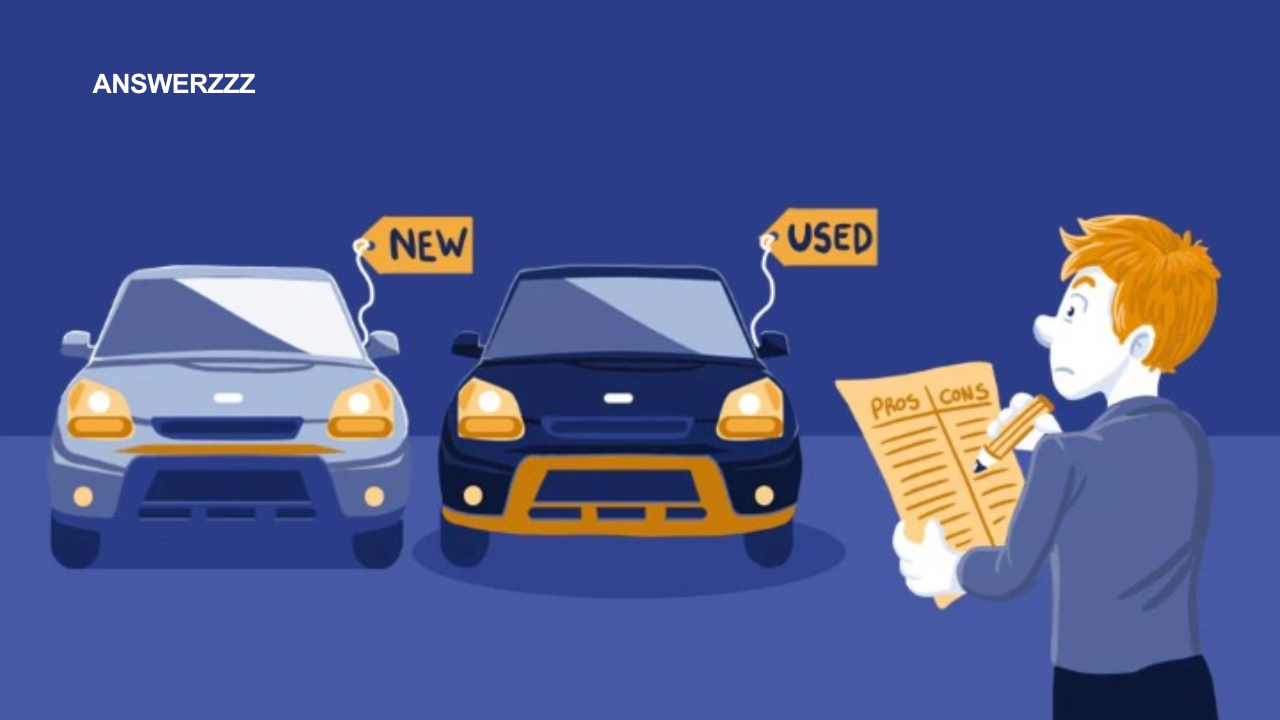Buying your first used car is an exciting milestone, but it can also feel overwhelming. The process involves many factors, from understanding your budget to evaluating a car’s condition and negotiating the best deal. A used car can be a smart investment if you know what to look for. In this blog post, we will explore the key things to consider when buying your first used car, helping you navigate this journey with confidence.
1. Establish Your Budget
The first step in buying a used car is setting a realistic budget. This includes not only the purchase price but also ongoing costs such as insurance, fuel, maintenance, and registration. Determine how much you can afford to spend upfront and monthly. Financial experts often recommend that your car expenses should not exceed 15% of your monthly income.
Consider whether you’ll pay cash, finance the car, or use a combination of both. If you’re financing, research loan options to secure the best interest rate and terms. Pre-approval for a loan can also give you an edge when negotiating with sellers.
2. Identify Your Needs
Think about what you need from a car. Will you use it for commuting, long road trips, or occasional errands? How many passengers will you typically carry? Do you need ample cargo space? Knowing your priorities will help you narrow down your options. For example, a compact car might be ideal for city driving, while an SUV could be better for family trips or outdoor adventures.

3. Research Models and Prices
Once you have a budget and a list of needs, research different car models that fit your criteria. Look up their market value on websites like Kelley Blue Book or Edmunds to get a sense of fair pricing. Read reviews to understand the reliability, performance, and common issues of the models you’re interested in.
Also, check for the availability of parts and repair costs. Some models have higher maintenance expenses, which could impact your long-term ownership costs.
4. Check Vehicle History
A vehicle’s history report is essential when buying a used car. Services like Carfax or AutoCheck can provide a detailed history, including previous ownership, accident records, mileage discrepancies, and maintenance history. Avoid cars with a history of severe accidents, flood damage, or salvage titles, as these issues can lead to costly repairs and safety concerns.
5. Inspect the Car’s Condition
Before finalizing a purchase, thoroughly inspect the car’s condition. If you’re not confident in your ability to evaluate a vehicle, consider hiring a trusted mechanic to conduct a pre-purchase inspection. Here are some key areas to examine:
- Exterior: Check for dents, scratches, rust, and mismatched paint, which could indicate previous damage or repairs.
- Interior: Inspect the seats, dashboard, and controls for wear and tear. Ensure that all features, such as the air conditioning, radio, and power windows, are functioning properly.
- Under the Hood: Look for signs of leaks, corrosion, or worn belts and hoses. Check the oil, transmission fluid, and coolant levels.
- Tires and Brakes: Assess the condition of the tires and brake pads. Uneven tire wear could indicate alignment issues.
- Test Drive: A test drive is crucial to evaluate the car’s performance. Pay attention to the engine’s responsiveness, braking, steering, and suspension. Listen for unusual noises or vibrations.
6. Mileage Matters
Mileage is an important factor in a used car’s value and longevity. While lower mileage is generally preferable, it’s not the only indicator of a car’s condition. A well-maintained car with higher mileage might be a better choice than a low-mileage vehicle with a poor service history. Aim for a balance between mileage and maintenance.

7. Negotiate the Price
Negotiation is a key part of the car-buying process. Use the research you’ve done on market values to make a reasonable offer. Be prepared to walk away if the seller isn’t willing to meet your price. Remember that additional costs, such as taxes, registration fees, and extended warranties, can affect the total cost.
Private sellers may be more flexible on price than dealerships, but dealerships often offer perks like certified pre-owned programs and warranties. Weigh the pros and cons of each option.
8. Understand Financing and Insurance
If you’re financing the car, read the loan terms carefully. Avoid loans with high interest rates or long repayment periods, which can make the car more expensive in the long run. Consider getting quotes from multiple lenders to find the best deal.
The Best Car Accessories for a Comfortable and Safe Road Trip
Insurance is another significant expense. Get insurance quotes for the models you’re considering, as rates can vary based on factors like the car’s age, make, model, and safety features. Bundling your auto insurance with other policies may help you save money.
9. Verify Ownership and Documentation
Ensure that the seller has a clear title to the car and is authorized to sell it. Review the title to confirm that there are no liens or legal issues. Verify the Vehicle Identification Number (VIN) on the title matches the one on the car.
Other essential documents include the bill of sale, warranty (if applicable), and any maintenance records. Keep copies of all paperwork for your records.
10. Certified Pre-Owned (CPO) Options
Consider purchasing a certified pre-owned (CPO) car from a dealership. CPO vehicles undergo thorough inspections and often come with extended warranties, giving you added peace of mind. While they may cost more than non-certified used cars, the additional benefits can be worth the investment.
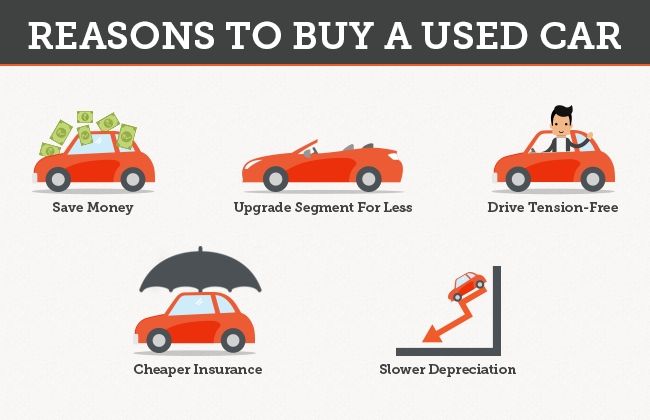
11. Avoid Common Pitfalls
Buying a used car comes with risks, but being aware of common pitfalls can help you avoid them. These include:
- Skipping the Test Drive: Always test drive the car to ensure it meets your expectations.
- Not Doing Enough Research: Lack of research can lead to overpaying or buying a car with hidden issues.
- Rushing the Process: Take your time to evaluate options and make an informed decision.
- Ignoring Warning Signs: Be cautious of deals that seem too good to be true or sellers who pressure you to buy quickly.
12. Trust Your Instincts
Finally, trust your instincts. If something doesn’t feel right about the car or the seller, don’t hesitate to walk away. There are plenty of used cars on the market, and it’s better to wait for the right one than to make a decision you’ll regret later.
Top 5 Car Maintenance Tips to Keep Your Vehicle Running Smoothly
Buying your first used car can be a rewarding experience if you approach it with the right knowledge and preparation. By establishing a budget, researching your options, and carefully inspecting the car’s condition, you can find a reliable vehicle that fits your needs and lifestyle. Remember to take your time, ask questions, and seek professional advice when needed. With these tips in mind, you’ll be well-equipped to make a confident and informed decision.
